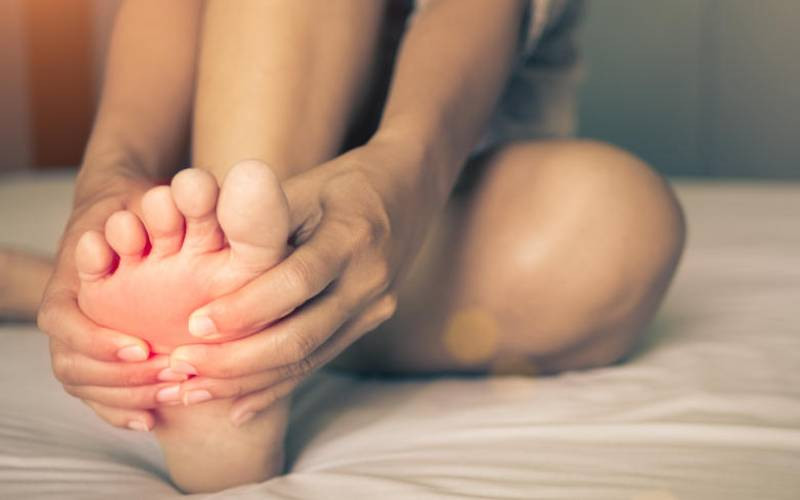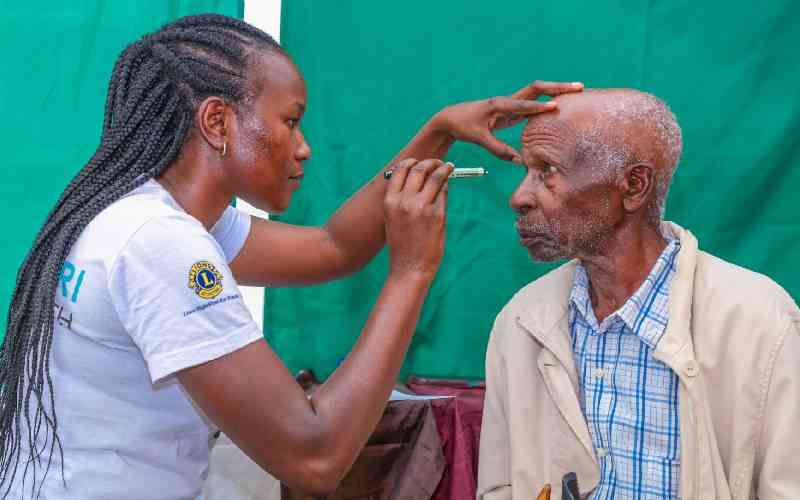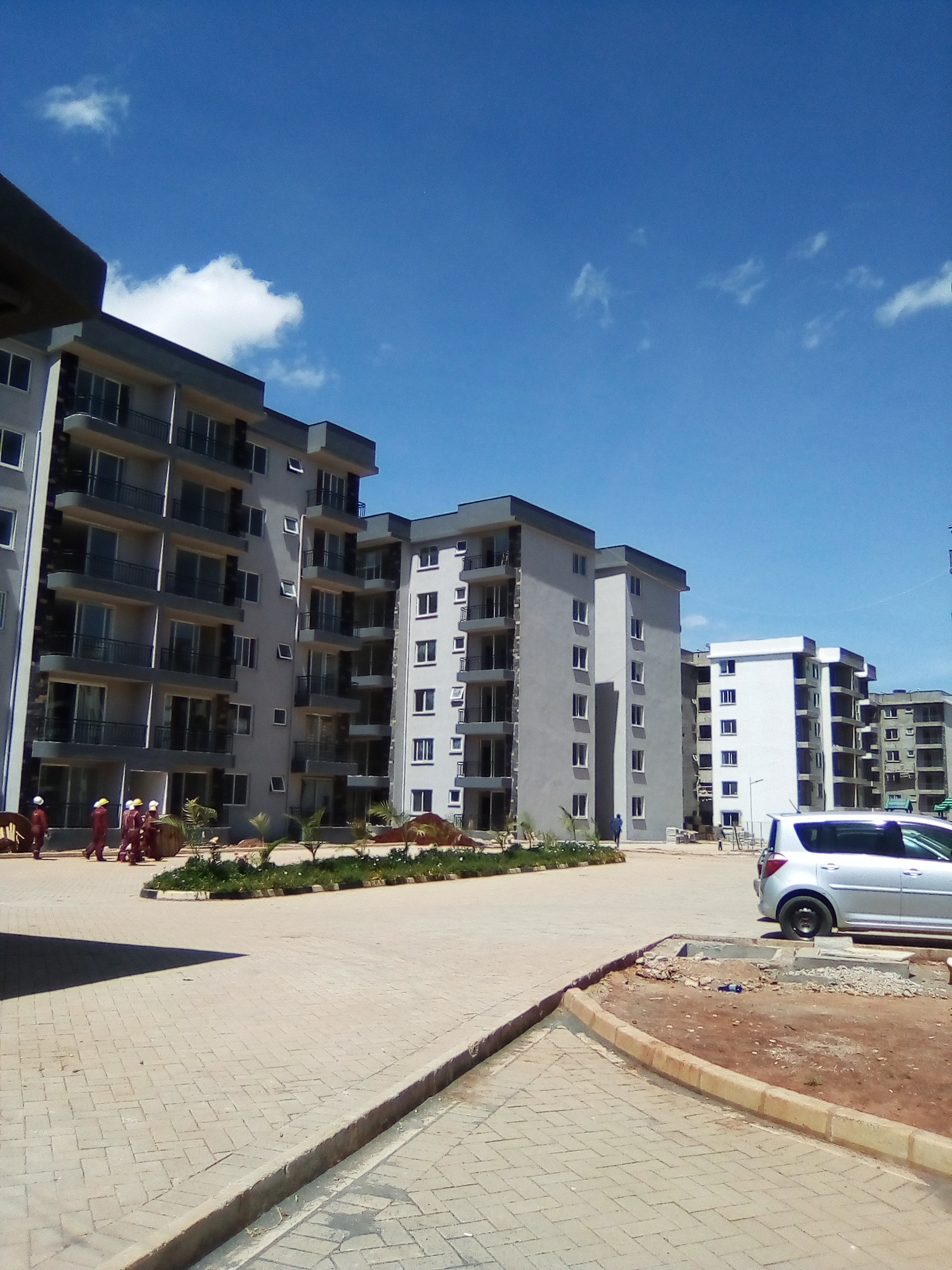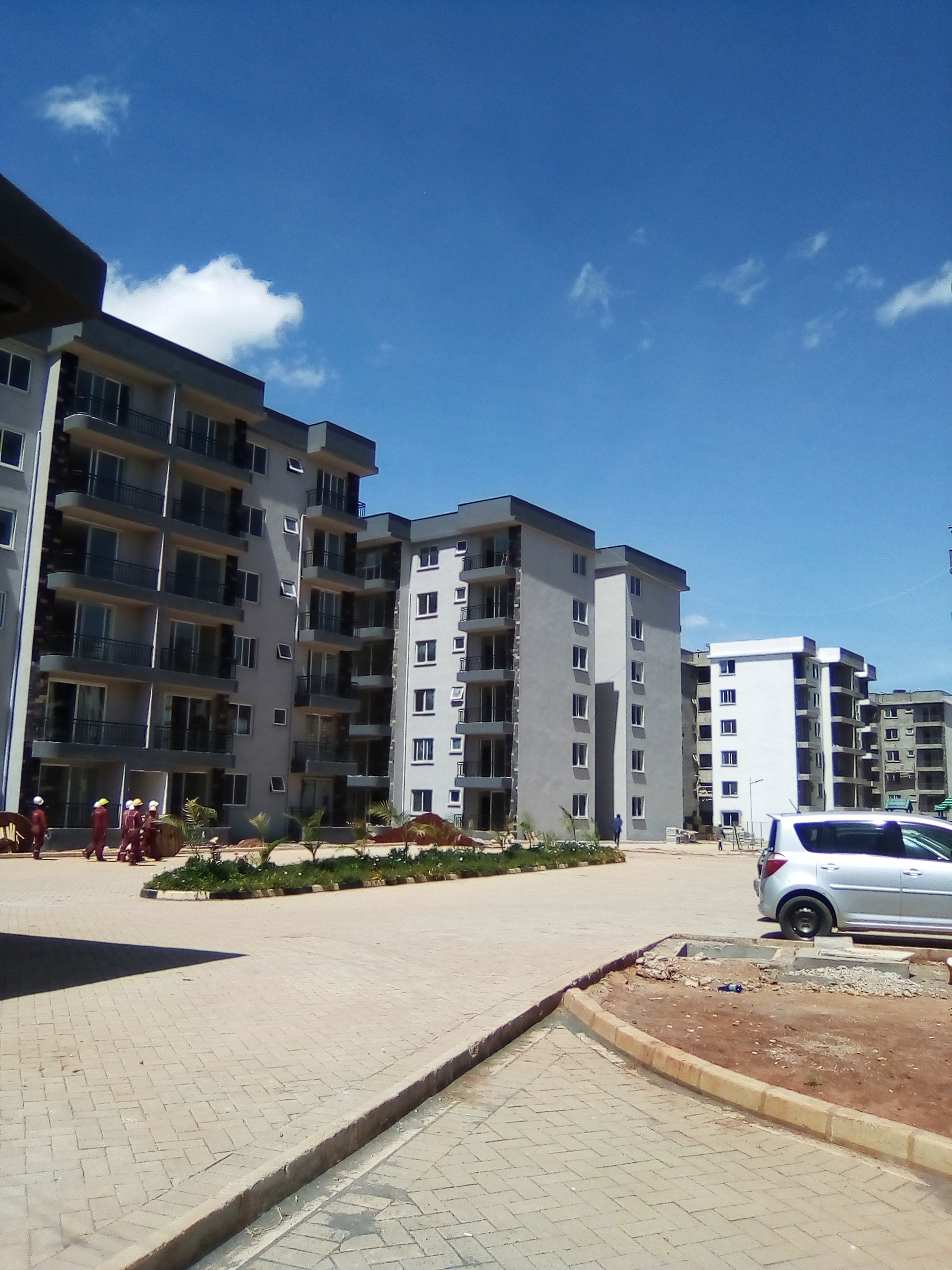
You wake up, swing your legs out of bed, and as soon as your feet softly land on the floor, a sharp pain jolts your heel.
Later, after a long day on your feet, you finally get home. As you take off your shoes, you experience the sharp pain again. As you flinch, it feels too familiar.
As you dodder to the bathroom or bedroom, wincing with every step, you dismiss the discomfort as just another pain. But that nagging pain might be Plantar fasciitis, a condition that’s more common than you think.
According to Dr Catherine Njogu, a chiropractor from Chiropractic and Physiotherapy Health Centre, Plantar fasciitis occurs when the plantar fascia, a strong band of tissue that supports the arch of your foot, gets small micro-tears. This tissue becomes irritated and inflamed.
“This sheath connects all the muscles underneath the foot and supports the arch,” explains Dr Njogu.
Too much pressure on your feet can damage or tear the ligaments. The plantar fascia becomes inflamed, causing heel pain and stiffness.
People who stand for long periods, like teachers, TV cameramen or retail workers, are often affected.
“Repetitive stress can cause micro-tears in the sheath and muscles, forming scar tissue and causing trigger points and inflammation,” says Dr Njogu.
Even the structure of your foot can play a role; high arches or flat foot increase your risk.
Causative factors
According to the National Centre for Biotechnology Information, Plantar fasciitis accounts for about 11-15 per cent of all foot symptoms requiring professional medical care. It occurs in about 10 per cent of the general population, with 83 per cent of these patients being active working adults between 25 and 65 years.
Pain and inflammation in the fascia can be caused by various factors including increased activity level, structure or shape of the foot, surfaces on which you’re standing or walking on, repetitive high-impact activity, obesity, age, prolonged standing, type of shoes and the weight you carry.
The most common symptom of Plantar fasciitis is heel pain.
“Activities like walking, standing for long periods, or exercising can trigger this pain,” Dr Njogu notes.
Sometimes, the pain extends to the calf muscles, although this is rare. The discomfort typically worsens after periods of rest.
Preventing Plantar fasciitis doesn’t require a complete lifestyle overhaul. Dr Njogu recommends simple stretching exercises, particularly for the foot and calf muscles.
“One effective method of preventing the condition is rolling your foot over a tennis ball,” she suggests, adding, “You can also stretch your foot using a towel and soak your feet in Epsom salts to relax the muscles.”
She also emphasises taking breaks from standing and ensuring you have a good pre-and post-stretch routine if you're an athlete.
Treatment options
Plantar fasciitis is diagnosed based on one’s medical history and physical exam. During the exam, your healthcare professional will check for areas with tenderness in your foot.
Your healthcare professional might suggest an X-ray or MRI to check for another problem, such as a stress fracture.
When visiting a chiropractor for Plantar fasciitis, the approach is comprehensive.
“We assess for any restrictions in the bones of the foot,” says Dr Njogu.
Chiropractic adjustments, along with specific exercises and stretches, can aid in relieving pain and promoting healing.
Most people recover in several months with conservative treatment, such as icing, stretching and modifying or avoiding activities that cause pain.
Some pain-relieving medicines, physical therapies or special devices might relieve symptoms. If conservative measures aren't working, surgery and other procedures may be recommended.
So, the next time you feel that sharp pain in your heel, don’t dismiss it.
 The Standard Group Plc is a multi-media organization with investments in media platforms spanning newspaper print
operations, television, radio broadcasting, digital and online services. The Standard Group is recognized as a
leading multi-media house in Kenya with a key influence in matters of national and international interest.
The Standard Group Plc is a multi-media organization with investments in media platforms spanning newspaper print
operations, television, radio broadcasting, digital and online services. The Standard Group is recognized as a
leading multi-media house in Kenya with a key influence in matters of national and international interest.





















